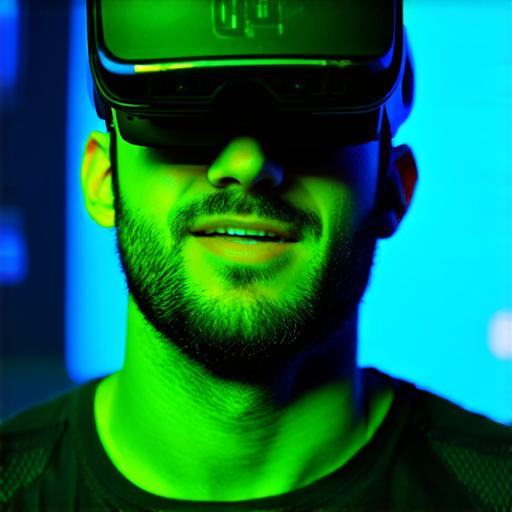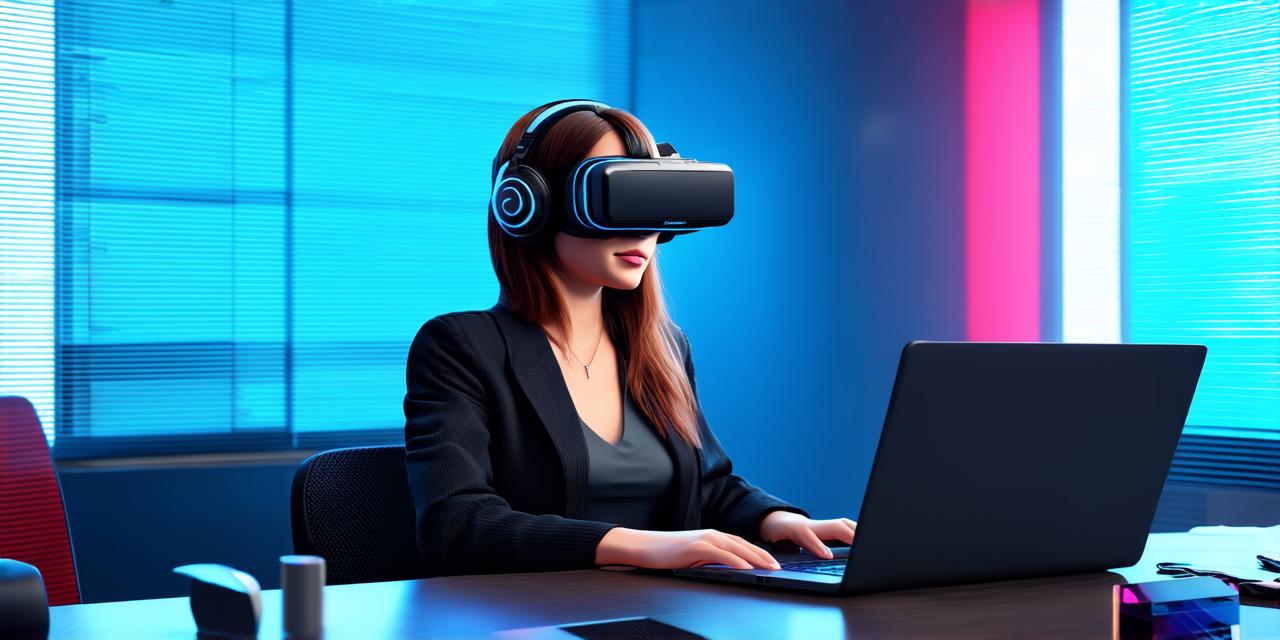Virtual reality (VR) is an exciting and rapidly evolving technology that offers endless possibilities for gaming, entertainment, education, and more. However, developing a VR application can be a complex process that requires specialized skills and knowledge.
In this article, we will provide a comprehensive guide to the virtual reality development process, including key steps, best practices, and case studies to help you succeed as a VR developer.
Key Steps in Virtual Reality Development
-
Before starting any VR project, it is essential to define its scope and goals. This includes identifying the target audience, the desired outcomes, and the type of VR experience you want to create.
-
Once you have defined your project scope and goals, it is time to gather requirements. This includes creating user stories, use cases, and wireframes that outline the functionality and features of the VR application. It is also essential to identify any technical limitations or constraints that may affect the development process.
-
There are several VR development platforms available, including Unity, Unreal Engine, and A-Frame. Each platform has its strengths and weaknesses, so it is crucial to choose one that best suits your project requirements and experience level.
-
Creating prototypes is a critical step in the VR development process. It allows you to test different ideas and concepts and refine them before investing too much time and resources into their implementation. You can use tools like 3D modeling software, animation tools, or even physical prototypes to create your VR application.
-
The core experience is the heart of any VR application. It includes creating the immersive environment, designing intuitive interactions, and implementing the necessary functionality. This step requires a deep understanding of VR development principles, such as motion sickness prevention, input management, and spatial awareness.
-
Once you have developed the core experience, it is essential to test it thoroughly and iterate based on feedback. You can use various testing methods, including user testing, alpha and beta testing, or even usability testing tools. This step ensures that your VR application meets the needs of your target audience and delivers a seamless experience.
-
Once your VR application is ready, it is time to publish it on the appropriate platform and promote it through various channels, such as social media, video ads, or even influencer marketing. You can also attend VR conferences and events to showcase your work and network with other developers.

Best Practices for Virtual Reality Development
-
User experience (UX) is critical in VR development. It includes designing intuitive interfaces, creating an immersive environment, and ensuring that the user’s actions have meaningful consequences. You should also consider accessibility requirements, such as support for assistive technologies or language localization.
-
Optimize for Performance: VR applications require high performance to deliver a seamless experience. This includes minimizing load times, reducing latency, and optimizing graphics and audio. You can use various techniques, such as compression algorithms, frame rate optimization, or even dynamic lighting, to improve the performance of your VR application.
-
Consider Motion Sickness: Motion sickness is a common issue in VR development. It occurs when there is a mismatch between what the user sees and feels. To prevent motion sickness, you should consider various techniques, such as smooth transitions, reducing flickering, or providing visual cues to guide the user’s movements.
-
Use Realistic Input: Input is critical in VR development. You should use realistic input devices, such as controllers or hand tracking, to ensure that the user’s actions are mapped accurately to the virtual world.
Case Studies in Virtual Reality Development
-
In 2016, Google launched Daydream, a VR platform for mobile devices. Daydream required a specific hardware configuration and software ecosystem, which made it challenging for developers to create content for the platform.
